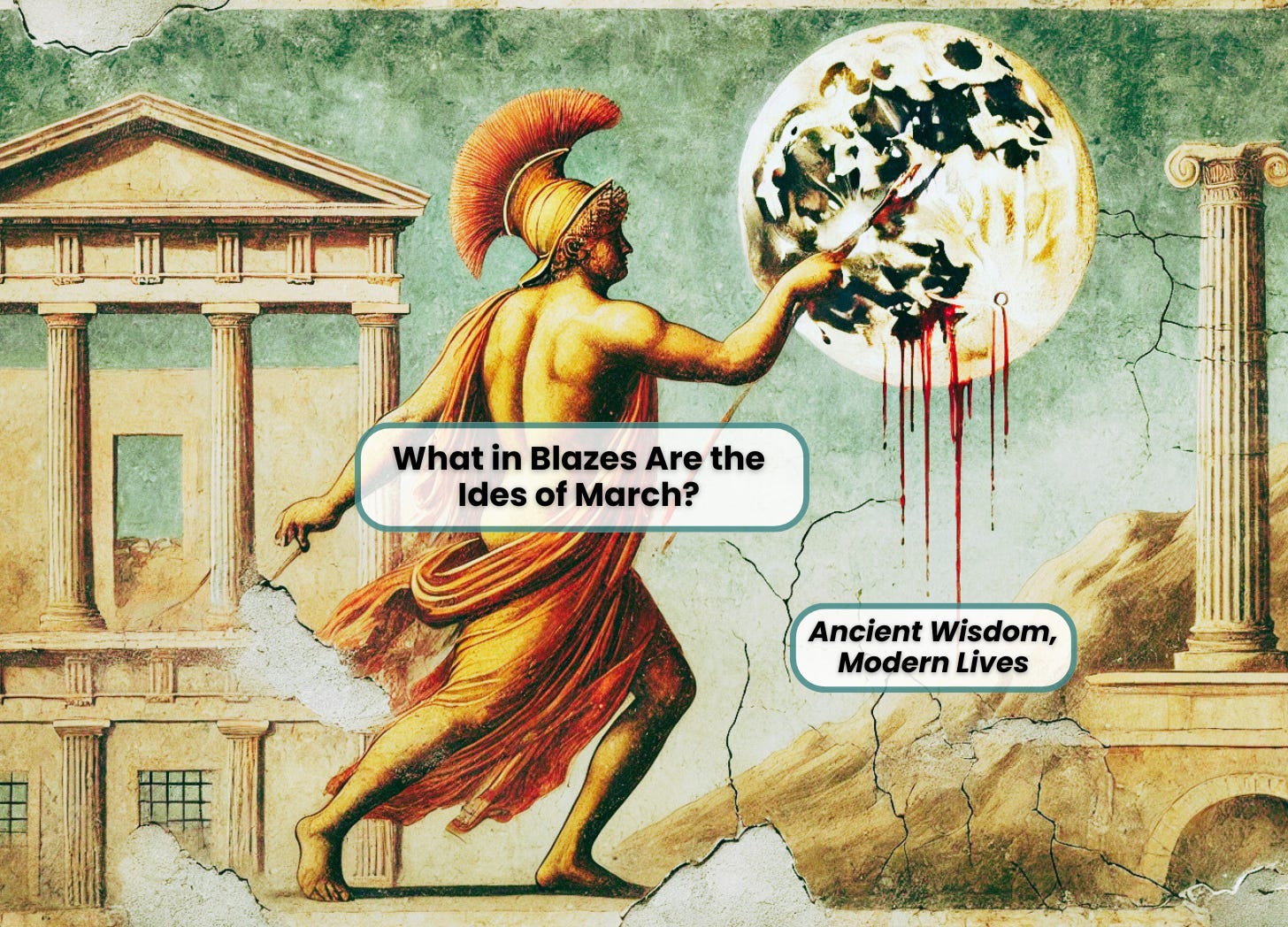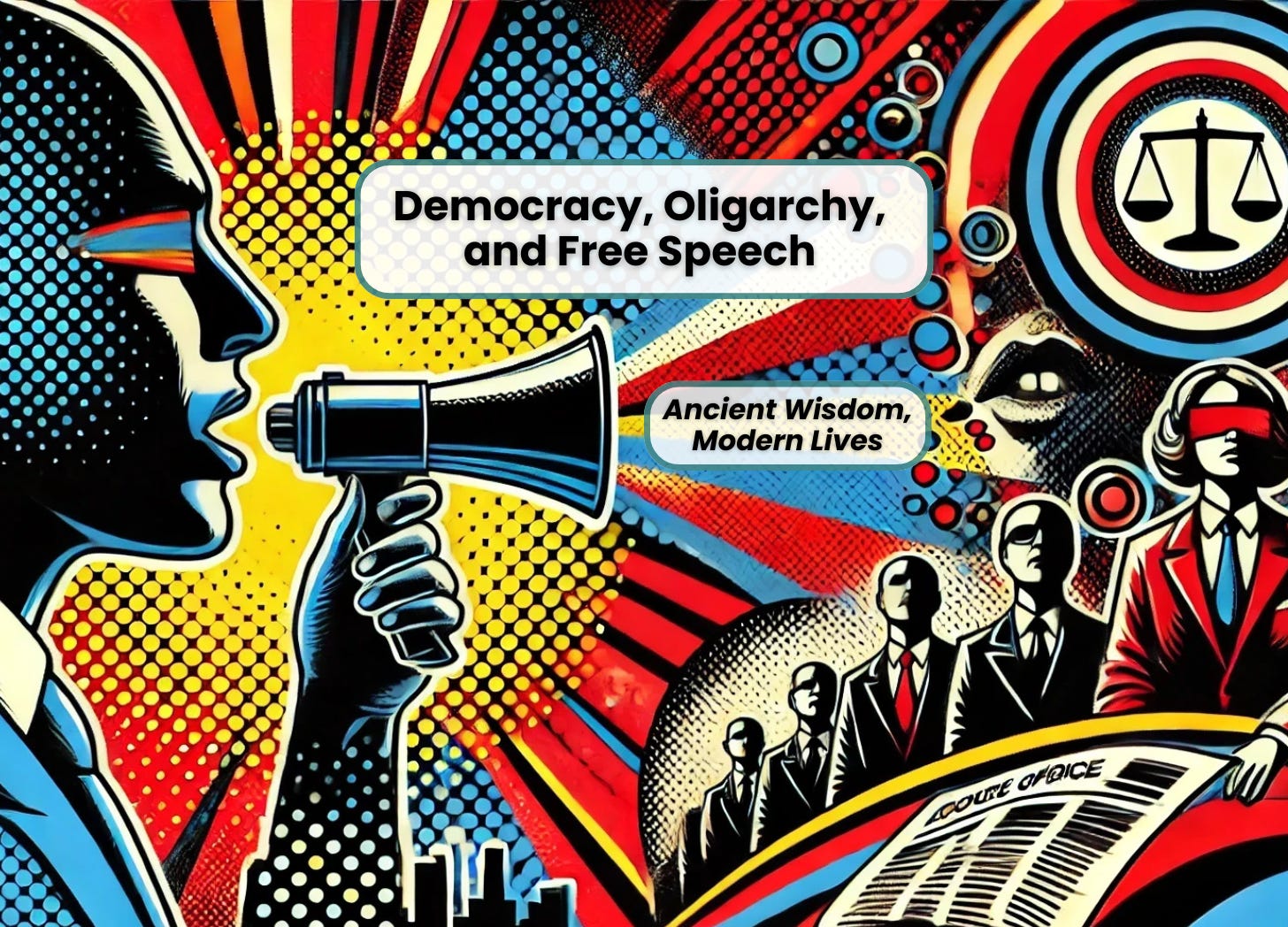The Point(s) of Translation
A recent post by Mike Aubrey (quoting and disagreeing with Paul Helm) again raises the issue of “dynamic equivalence,” and, more generally, the goal of translation.
In a comment, Jason Staples suggests:
Good post. I think the basic translation philosophy of attempting to most clearly convey the meaning of a text (which is effectively “dynamic equivalence”) is the whole task of translation. The more translation I’ve done, the more I’ve come to see “literal” as a bit of a problematic concept in itself, since equivalent words don’t always have equivalent meaning across languages and language tends to be figurative anyway.
I agree that conveying the original meaning is one goal (and I agree that word-for-word renderings usually don’t do this), but I don’t think it’s the only goal, because there’s more to a text than what it means.
The point of some texts is purely poetic and they don’t mean anything. (This isn’t to say that they are meaningless.) Some of the poetry of Psalms comes to mind.
A text can raise awareness, or make people think. A text can be funny. A text can be a source of inspiriation. And so forth.
I no longer actively write this blog, but you can find me at Ancient Wisdom, Modern Lives
Subscribe Now I'd love to see you there!I think a translation that captures the meaning but misses everything else gives people a very shallow understanding of the original text (though a translation that misrepresents the meaning is doing even worse).
Here’s a question: beyond any potential role in conveying the meaning of the original, is there any point to trying to translate each word?






4 Responses
I agree with you that meaning isn’t everything, but many people long for meaning and so put everything into that word.
There are several discussions I have tried to stay away from – the debate over formal and equivalent translations, questions that pit faith against science, and things like the synoptic problem. But it impossible to avoid them completely even if only to step over a rock in the path.
There is a point to ‘word for word’ and ‘letter for letter’ – it is the point of ‘close reading’. I at least as a translator am almost totally ignorant of the culture, language, and feel of ordinary life of the ancient time. When I do such a close reading, I learn the sound that was heard and the shape of that sound in the air and in script. Some sounds form the frame and some the themes of the work. Job is a case in point – Leviathan and the eyelids of dawn form a frame for the whole poem and an inner outline for the work itself with its ornate gilt story as edging. Susannah Ticciati in her book (Job and the Disruption of Identity) follows the theme of the referee and how each of the characters fails or succeeds in this role. She has done this by paying attention to the מוכיח arbiter/umpire/referee of chapter 9 and to link this to the bi-directional intercessory role of the prophet in Israel. This is not ‘meaning’ as if we could get inside it and be safe. This is hearing and entering a relationship with the human author and culture and language – a kinship I can understand somewhat better than the history and culture itself. I believe it is also entering that same satisfaction that Job finds in his final statement and in the ultimate statement made of him – that he died sated – שבע – another frame word linking his life as full with his trouble as full (10:15, and 14:1).
I know this is a structural approach – but the end is in the beginning when the relationship is entered. I have learned from explicit examples of this approach in Magonet (A Rabbi Reads the Psalms) and Vanhoye (La structure littéraire de l’épitre aux Hébreux).
First of all, translating the “meaning” means more than simply capturing the “rational” or discursive “message” of the text. Purely poetic elements and other aspects of a text are included in its “meaning.” For example, think about translating “Jabberwocky” into another language context, how one would need to be creative to translate the “meaning.” The way a text makes its point, the kind of imagery it uses—these things are fundamental to the text’s “message,” especially in a poetic passage.
Poetry and more plainly figurative language presents additional difficulty to the process of translation both for stylistic reasons and because of the “intentional fallacy,” which comes much more into play in these literary forms than in forms/genres more concerned with communicating a clear, rational message.
Finally, there is indeed some value in a word-for-word translation, especially in texts or collections of texts that tend to be heavily intertextual. Without preserving the similarity of language between passages, many of the connections between passages are “broken” inasmuch as they aren’t as clear to reader in translation. This negatively affects the capacity of the translation to communicate the “meaning,” which necessarily includes echoes, allusions, and other aspects of intertextuality.
The original text may rely on the reader’s ability to hear an intertextual echo to add another layer of meaning that anything less than a word-for-word equivalence may make difficult (or impossible), making the new reader deaf to a layer of meaning. This is part of my complaint with certain “dynamic” translations of especially important words (like the much-discussed “sarx”)—translating them inconsistently can remove a very important layer of meaning.
It’s a difficult problem, as the translator must walk the line (note the Johnny Cash reference, which might be missed in a translation of this paragraph) between attempts to make the translation as simple as possible and delivering a fuller range of meaning.
Some very good points, Jason.
I agree that preserving similarity of language between passages is often important, but I don’t think that word-for-word translations are the only way to do it.Even a paraphrase could render the same text identically in different contexts. (And as a matter of practice, most translations fall short in this regard. I wonder if the new NIV might want to use computer technology to flag inadvertent inconsistencies.)
[…] September 16, 2009 · 1 Comment Joel Hoffman has asked some good questions over at “God Didn’t Say That,” dealing mainly with the goals of translation: I agree that conveying the original meaning […]